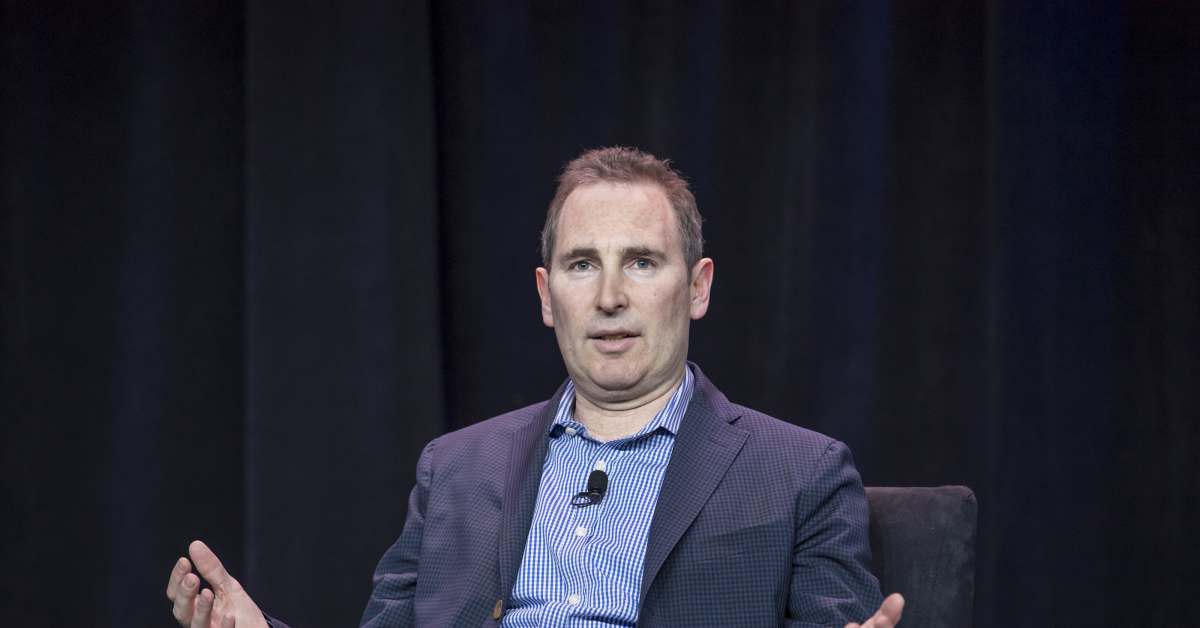
The Shifting Sands of Retail: Are Prime Days Over?
The economic landscape is changing, and the tremors are being felt across every sector, but perhaps nowhere more acutely than in the retail giant that has defined so much of the 21st-century consumer experience: online shopping. For years, the promise of unparalleled convenience, vast selection, and lightning-fast delivery has captivated millions, fostering a loyalty that many considered unshakeable. But recent pronouncements from major players suggest a potential shift in the paradigm, one that could leave even the most loyal shoppers wondering what the future holds.
The unspoken truth hanging in the air is this: the era of seemingly limitless growth and unparalleled consumer benefits might be coming to an end. For years, the strategy of aggressive expansion, heavily subsidized shipping, and a relentless pursuit of market dominance has been the name of the game. This has resulted in an environment where consumers have become accustomed to certain expectations – near-instant gratification, incredibly low prices, and an almost limitless array of choices. However, this strategy, while undeniably effective in building market share, has also come at a cost.
The underlying reality is that this model is simply not sustainable in the long term. The economic headwinds currently buffeting the global economy are forcing companies to re-evaluate their operating models. Rising inflation, supply chain disruptions, and increased labor costs are squeezing profit margins. The days of prioritizing growth above all else are, for many, a thing of the past. Companies are now forced to grapple with the harsh realities of profitability and the need for sustainable business practices.
This shift is impacting the relationship between companies and consumers. The era of relentless expansion and constant price undercutting is giving way to a more measured approach. We are likely to see a scaling back of some previously offered benefits, a greater emphasis on profitability, and a more discerning approach to expansion and investment. This doesn’t necessarily mean the end of online shopping as we know it, but it does suggest a necessary recalibration.
What does this mean for the everyday consumer? Expect to see changes. We might see a return to more realistic shipping costs, a more cautious approach to discounts and promotions, and potentially even a reduction in the sheer breadth of product offerings. This isn’t necessarily negative, however. A more sustainable business model might lead to a more robust and reliable service in the long run, one less susceptible to the volatility of the broader economy.
The challenge for these companies lies in navigating this transition effectively. Striking a balance between maintaining customer loyalty and ensuring long-term financial health is a delicate balancing act. Transparency and clear communication with customers will be crucial in this process. Ultimately, success will hinge on the ability to adapt to changing economic conditions while still providing a valuable and competitive service. The question is: can these companies successfully adapt, and will their loyal customers remain loyal amidst the inevitable changes? The answer, for now, remains to be seen. The coming months and years will undoubtedly offer a fascinating case study in the evolution of retail in the digital age.



Leave a Reply